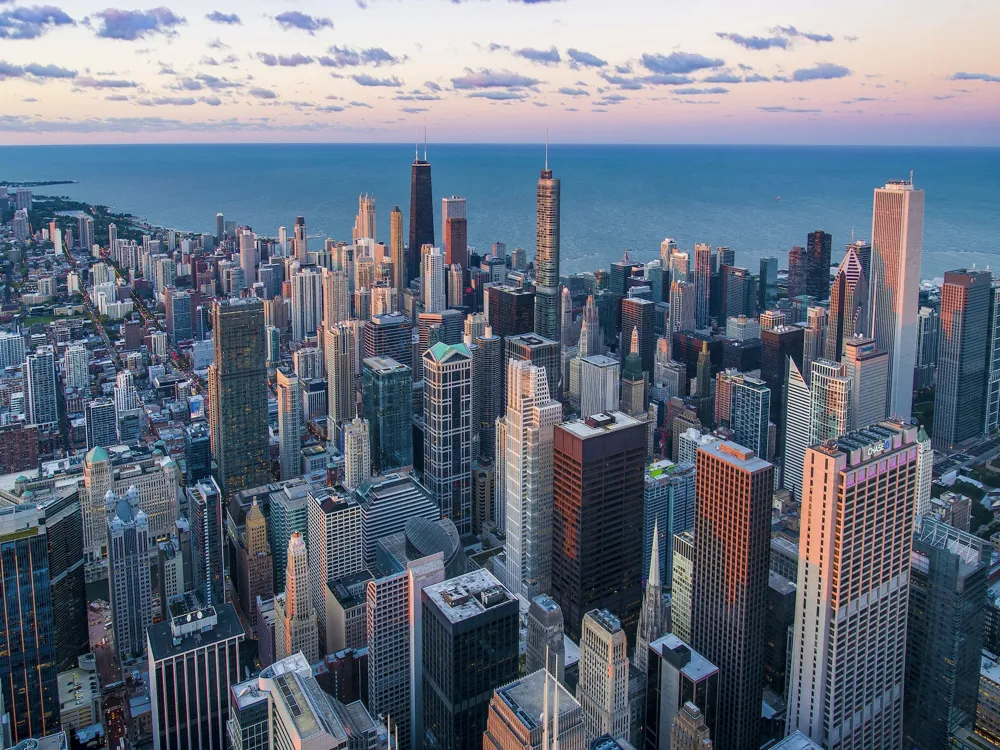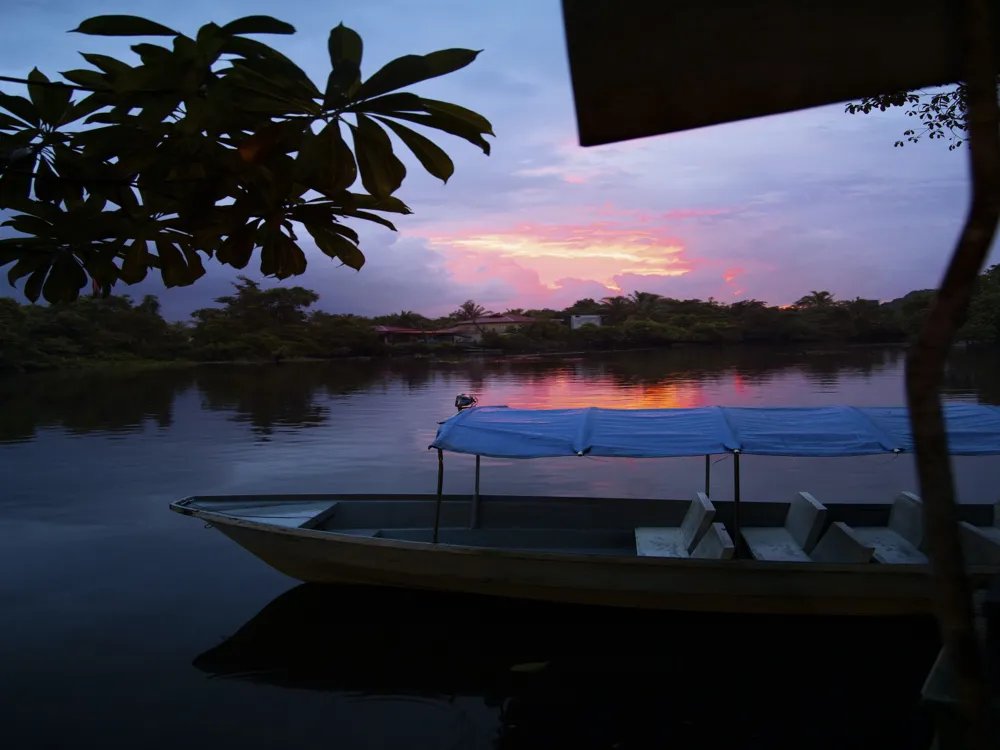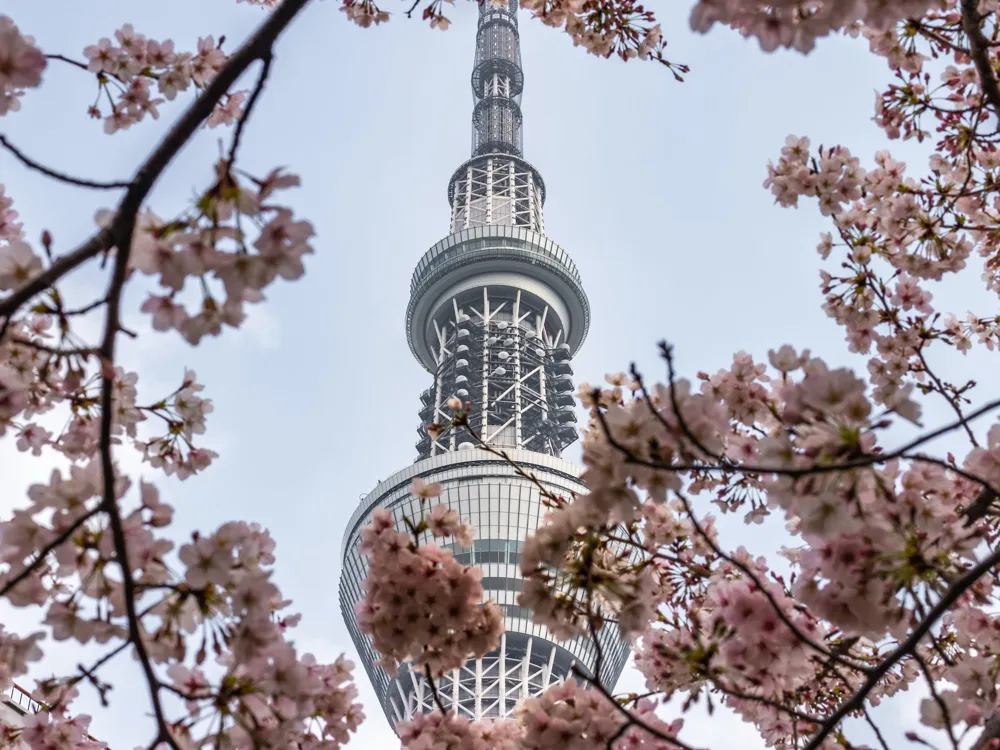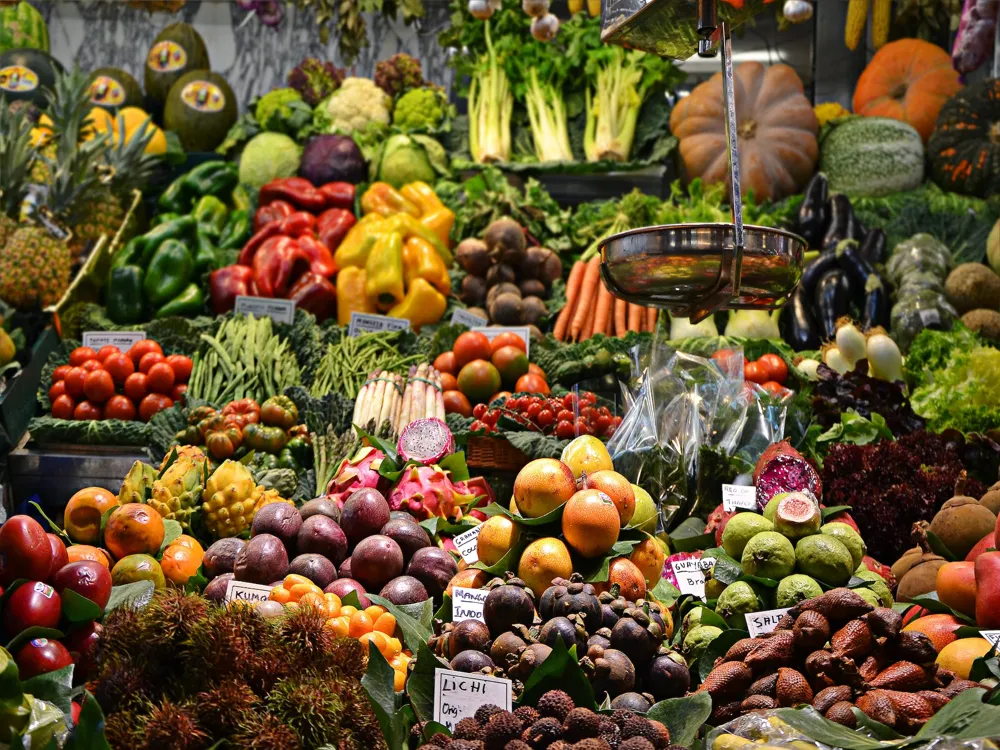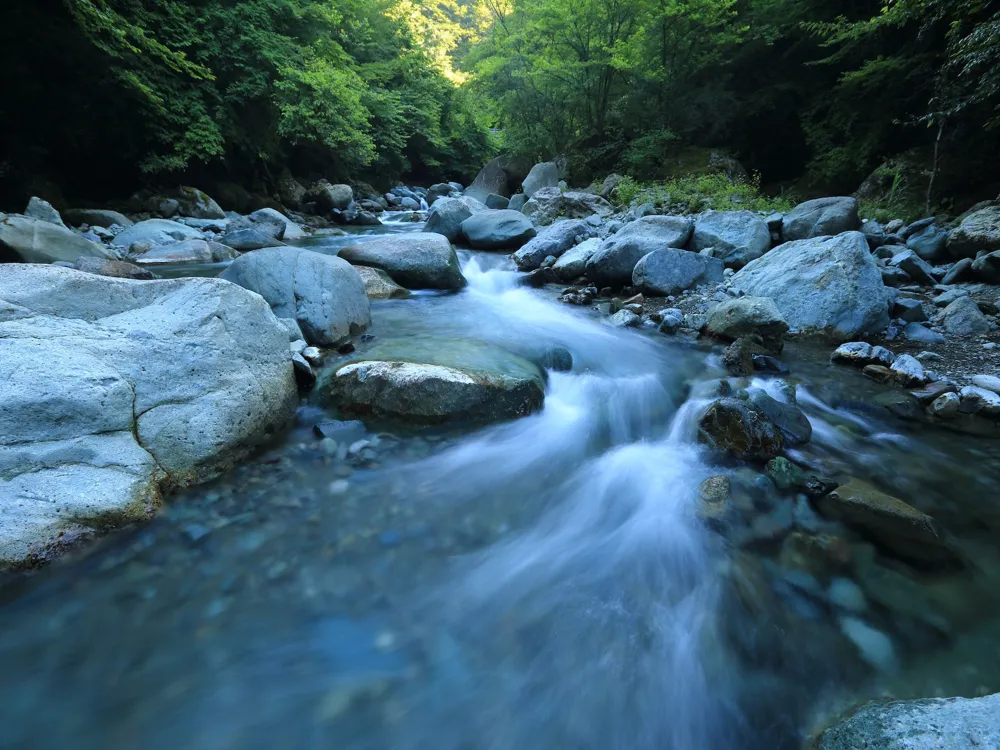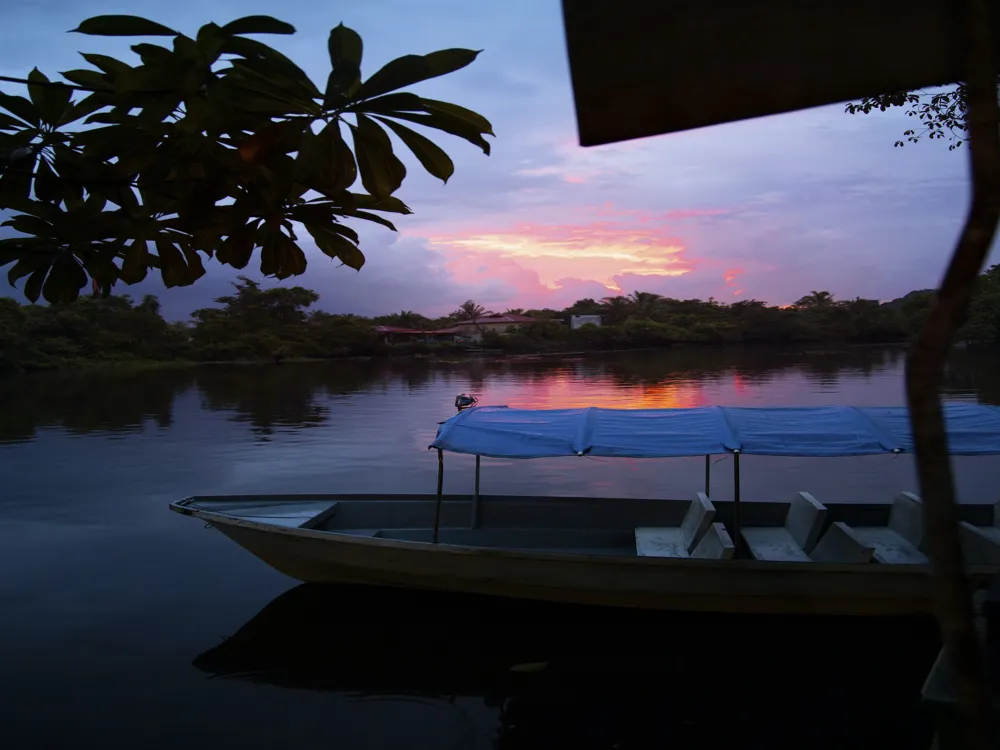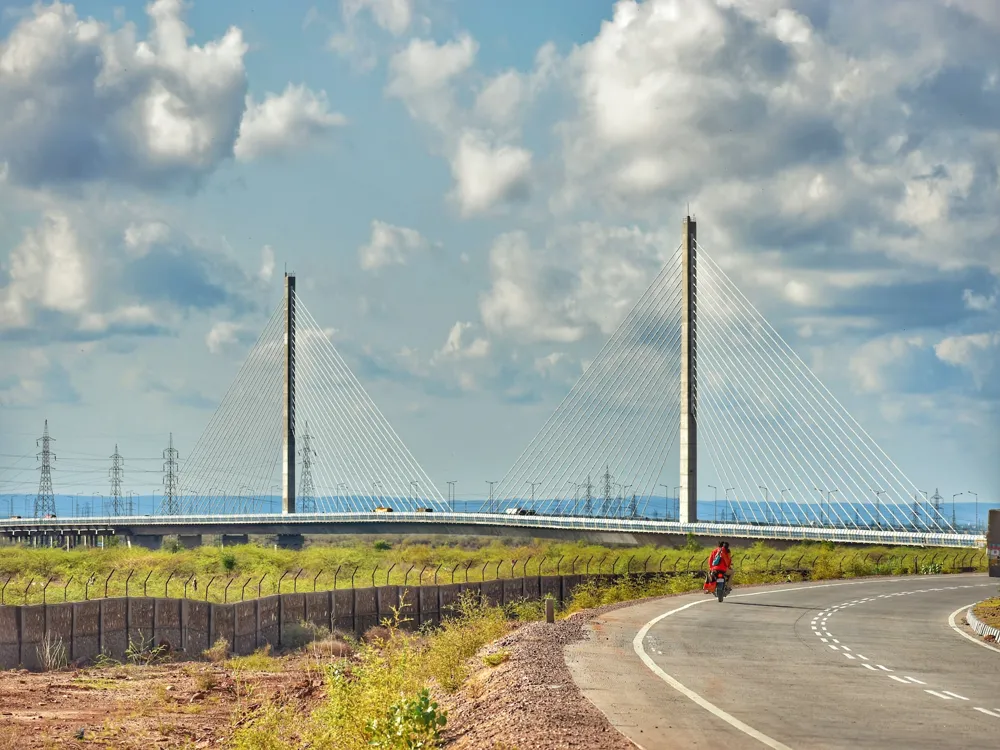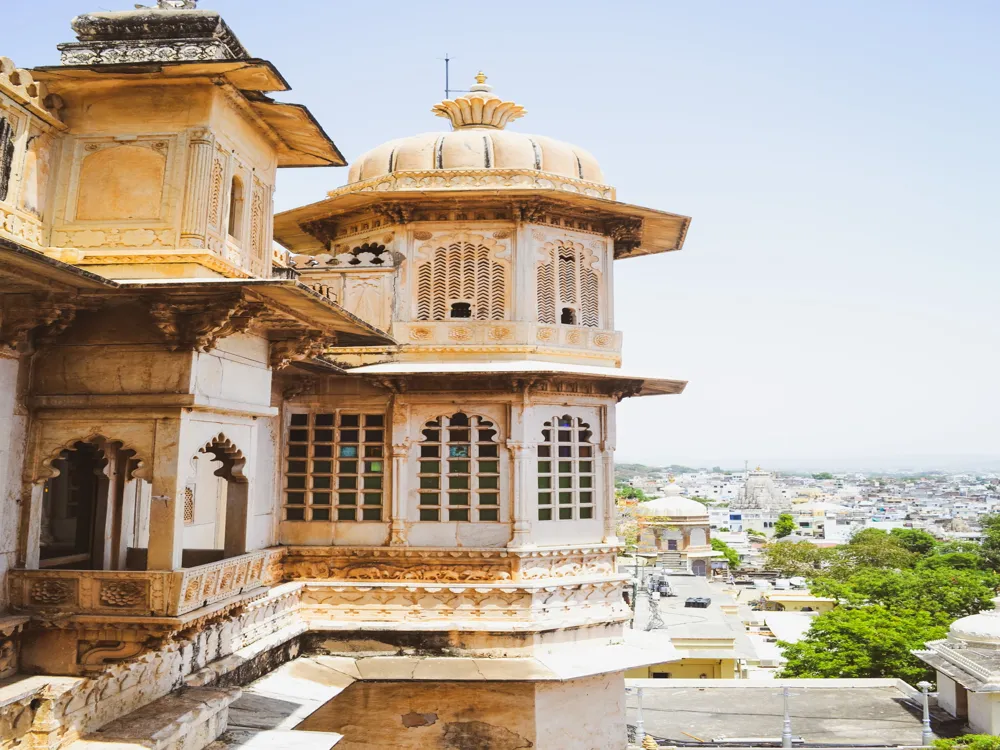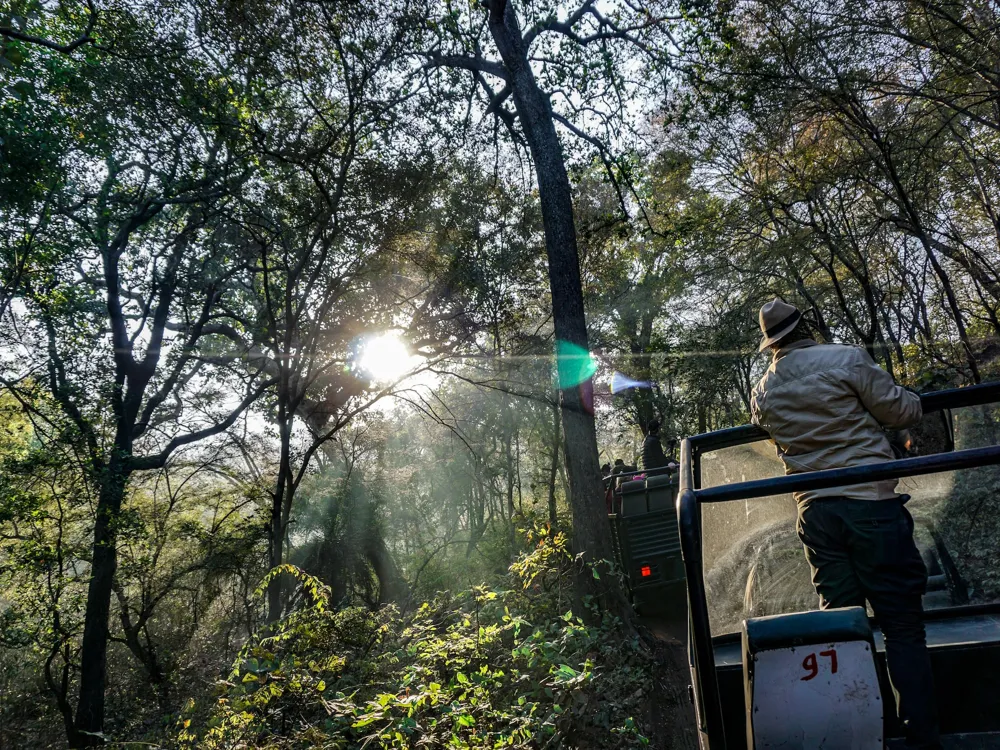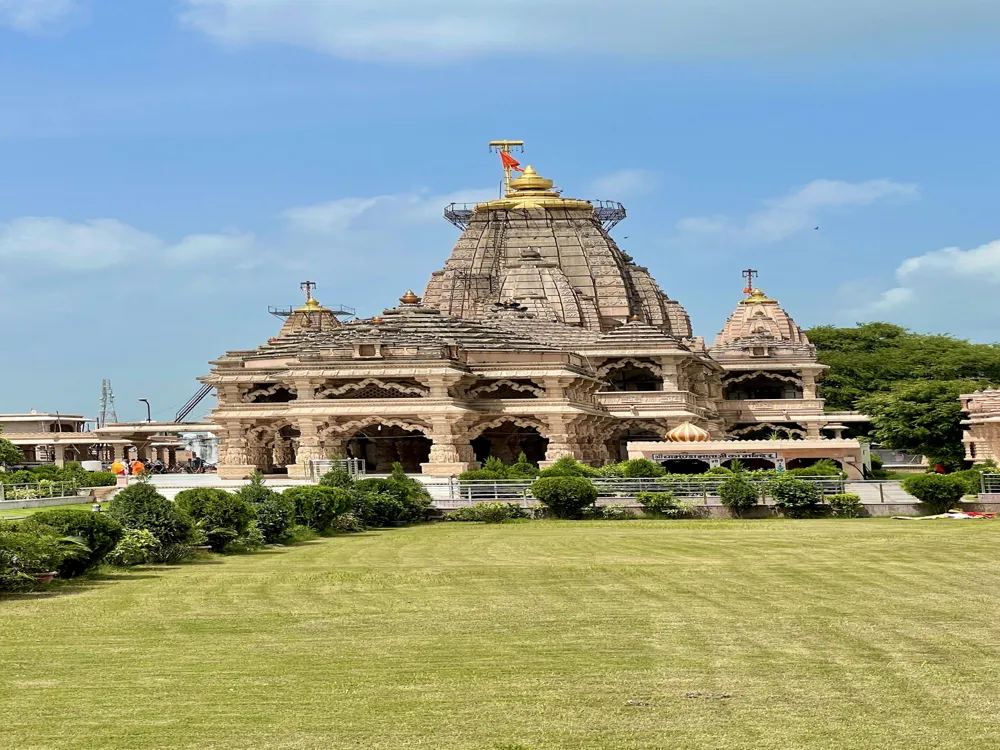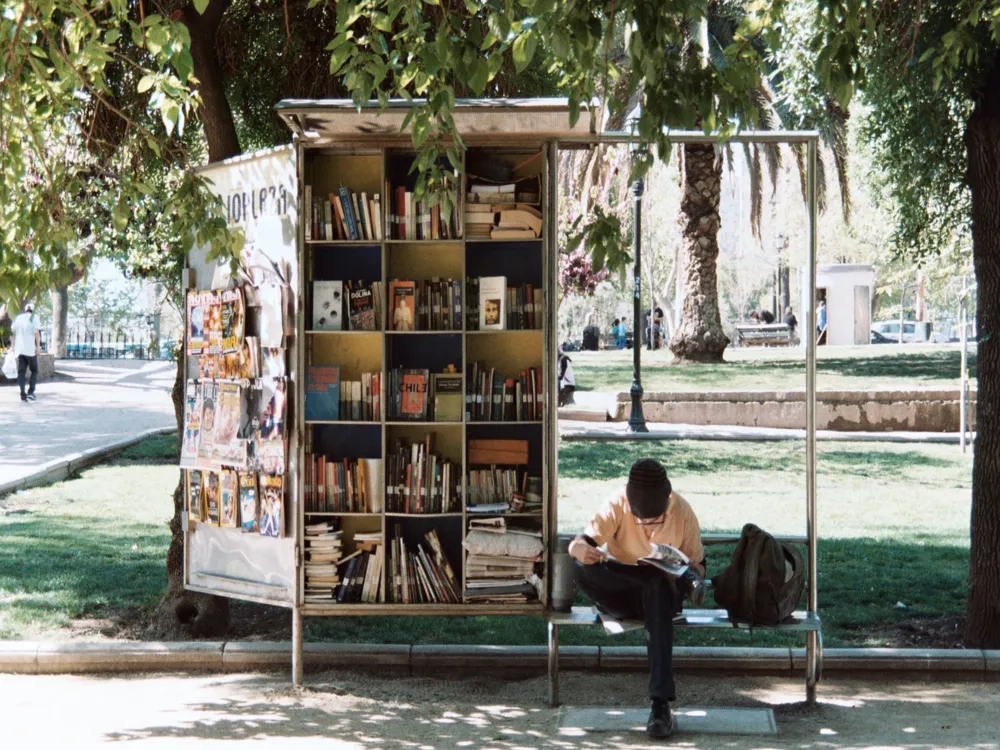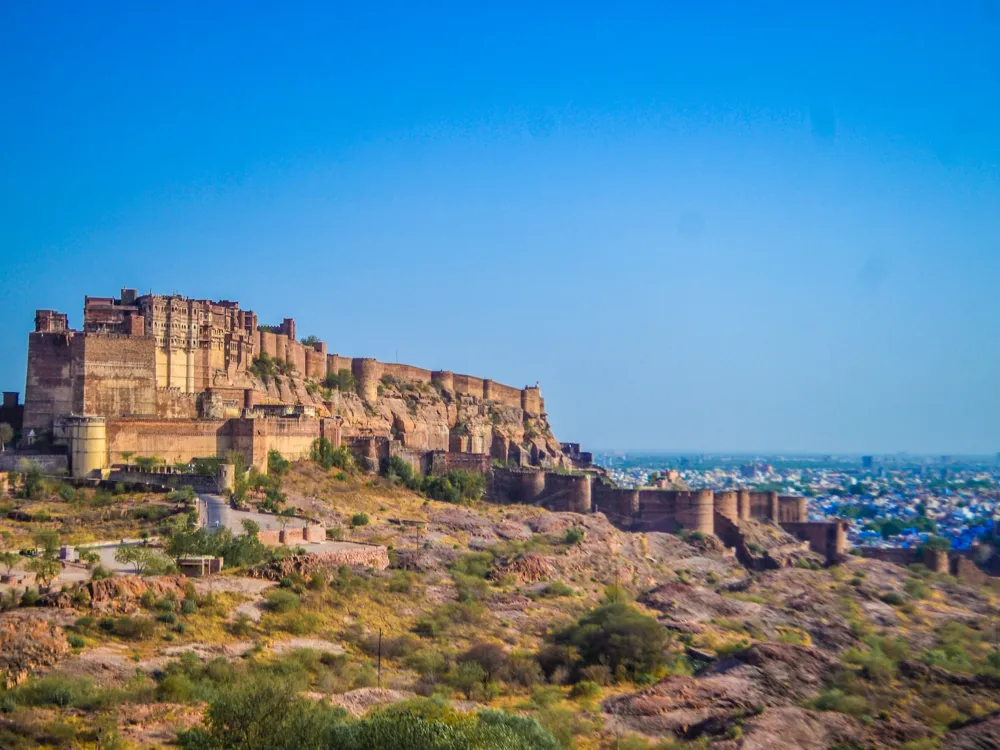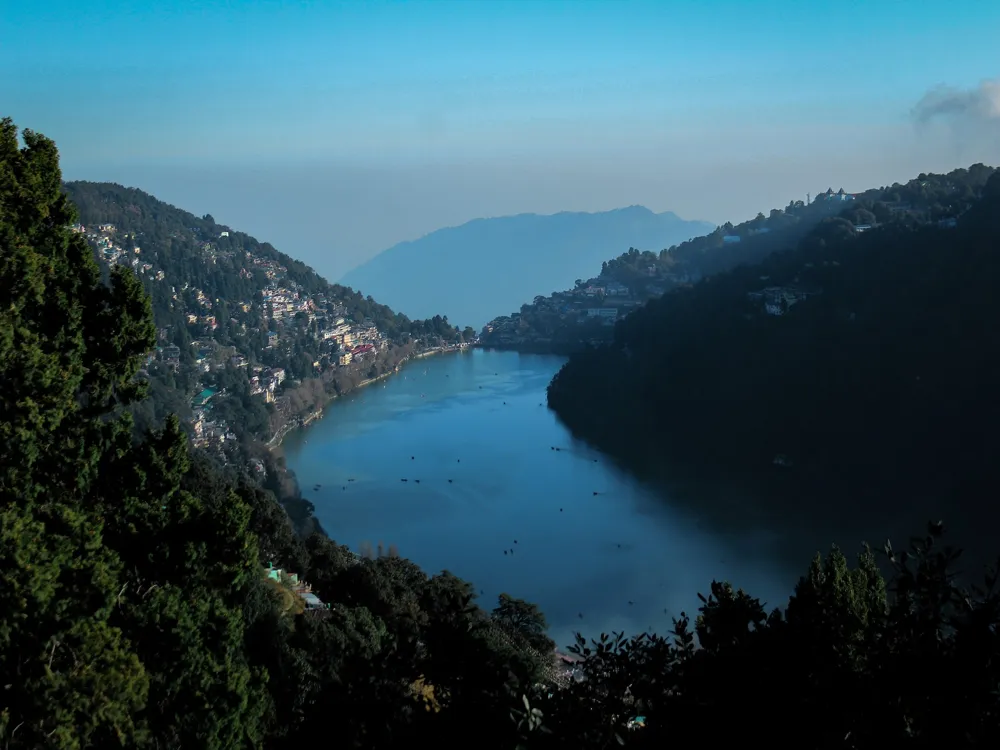Kota Kinabalu, the capital city of Sabah in Malaysia, is renowned for its breathtaking waterfront, a hub of vibrant culture, bustling markets, and stunning ocean views. The Kota Kinabalu Waterfront is an emblematic representation of the city’s spirit, blending the beauty of nature with urban development. This picturesque area is not just a tourist attraction; it's a lifeline for the locals, offering a glimpse into the daily life and traditions of Sabah. The Waterfront is a perfect spot for those who wish to experience the local lifestyle and enjoy the natural beauty. It's a place where the azure waters of the South China Sea meet a bustling, modern cityscape. During the day, the area is a serene haven, ideal for leisurely strolls along the promenade, while at night, it transforms into a lively hub of entertainment and dining. The blend of traditional markets and modern shopping centers ensures that every visitor finds something to cherish. For food enthusiasts, the waterfront is a culinary paradise. It offers a wide array of dining options, ranging from upscale restaurants serving international cuisine to local eateries offering traditional Sabahan dishes. The night market is a must-visit, where one can indulge in fresh seafood, grilled to perfection, accompanied by local flavors that tantalize the taste buds. Kota Kinabalu's waterfront is not just about relaxation and dining; it's a gateway to numerous water-based adventures. It serves as a launching point for island-hopping tours, diving expeditions, and other aquatic activities, making it an ideal location for adventure seekers. The close proximity to the Tunku Abdul Rahman National Park means that pristine beaches and vibrant coral reefs are just a boat ride away. Culturally, the waterfront reflects the diverse heritage of Sabah. It's a melting pot of various ethnic groups, and this diversity is evident in the architecture, food, and daily activities. Festivals and events are often celebrated here, providing insights into the rich cultural tapestry of the region. The Waterfront is also a prime location for witnessing some of the most stunning sunsets in Southeast Asia. The view of the sun dipping below the horizon, against the backdrop of the islands, is an unforgettable sight. Photographers and nature lovers alike find this view particularly captivating. The architecture of Kota Kinabalu Waterfront is a testament to the city's history and its rapid development. It presents a unique blend of traditional Bornean elements with modern architectural designs, creating a visually stunning landscape. The area has evolved from a simple fishing village to a bustling modern waterfront, reflecting the growth and development of Kota Kinabalu as a city. One of the key architectural highlights of the waterfront is the integration of open spaces and public areas. The design emphasizes pedestrian-friendly zones, with wide walkways, public squares, and green spaces. This approach not only enhances the aesthetic appeal but also encourages social interaction and community activities. The buildings along the waterfront showcase a variety of styles, from colonial-era structures to contemporary high-rises. Traditional motifs and local materials are often incorporated into newer buildings, maintaining a connection with the region's heritage. This harmonious blend of old and new is a defining characteristic of the waterfront's architecture. An example of this architectural diversity is the Jesselton Point Waterfront, which combines historical elements with modern functionality. It serves as a ferry terminal, a dining area, and a recreational spot, all while preserving the colonial-style architecture that reflects the city's past. Another notable feature is the use of sustainable and environmentally friendly design principles. Many of the newer constructions focus on minimizing environmental impact, using materials and designs that reduce energy consumption and promote ecological balance. The waterfront's architecture is not just about buildings; it extends to the urban landscape as well. The promenade, a beautifully landscaped walkway along the sea, is lined with palm trees and offers stunning views of the ocean. It's a popular spot for both locals and tourists, ideal for leisurely walks, jogging, or simply enjoying the sea breeze. The integration of art and culture into the architectural landscape is another significant aspect. Public art installations, sculptures, and cultural displays are scattered throughout the waterfront, adding to its charm and character. These artworks often depict local legends, history, and the diverse cultural heritage of Sabah, serving as a visual storytelling medium. In summary, the architecture of Kota Kinabalu Waterfront is a dynamic and evolving canvas, reflecting the city's journey through time. It's a harmonious blend of tradition and modernity, functionality and aesthetics, which together create a unique and memorable experience for all who visit. The best time to visit the waterfront is during the dry season, from May to September, when the weather is sunny and conducive for outdoor activities. However, for those who wish to experience local festivals, checking the local calendar for events can enhance the visit. Exploring local cuisine is a must. The waterfront offers a variety of dining options, from street food to upscale restaurants. Don't miss out on the night market for an authentic taste of Sabahan street food. There are numerous accommodation options near the waterfront to suit all budgets, from luxury hotels to budget hostels. Staying close to the waterfront allows easy access to its attractions and activities. Respecting local customs and traditions is important. Dress modestly, especially when visiting religious sites, and always ask for permission before taking photos of the locals. Beyond dining and shopping, engage in activities like island hopping, snorkeling, and enjoying sunset cruises. The waterfront is also a great starting point for exploring nearby attractions. While the waterfront is generally safe, it's advisable to stay vigilant, especially at night. Keep an eye on personal belongings and avoid isolated areas after dark. The Kota Kinabalu Waterfront is easily accessible by various modes of transportation. For international and domestic visitors, the Kota Kinabalu International Airport is the main gateway, located just a few kilometers from the city center. From the airport, one can take a taxi, a bus, or arrange for a hotel shuttle to reach the waterfront. For those already in Kota Kinabalu, the waterfront is conveniently located within the city and is easily reachable by local taxis, buses, or even on foot from many central locations. It's also a common stop for city tour buses, making it a convenient destination for tourists. For a more scenic approach, visitors can opt for a boat ride to the waterfront. This is particularly popular among tourists staying on nearby islands or those interested in experiencing the city from a maritime perspective. In summary, reaching the Kota Kinabalu Waterfront is straightforward, with multiple transportation options available to suit different preferences and budgets. Read More:Overview of Kota Kinabalu Waterfront, Kota Kinabalu, Sabah
Architecture of Kota Kinabalu Waterfront
Tips When Visiting Kota Kinabalu Waterfront
Best Time to Visit
Dining and Food
Accommodation Choices
Local Culture and Etiquette
Activities and Experiences
Safety and Security
How To Reach Kota Kinabalu Waterfront
Kota Kinabalu Waterfront
Kota Kinabalu
Sabah
NaN onwards
View kota-kinabalu Packages
Kota-kinabalu Travel Packages
View All Packages For Kota-kinabalu
Top Hotel Collections for Kota-kinabalu

Private Pool

Luxury Hotels

5-Star Hotels

Pet Friendly
Top Hotels Near Kota-kinabalu
Other Top Ranking Places In Kota-kinabalu
View All Places To Visit In kota-kinabalu
View kota-kinabalu Packages
Kota-kinabalu Travel Packages
View All Packages For Kota-kinabalu
Top Hotel Collections for Kota-kinabalu

Private Pool

Luxury Hotels

5-Star Hotels

Pet Friendly







